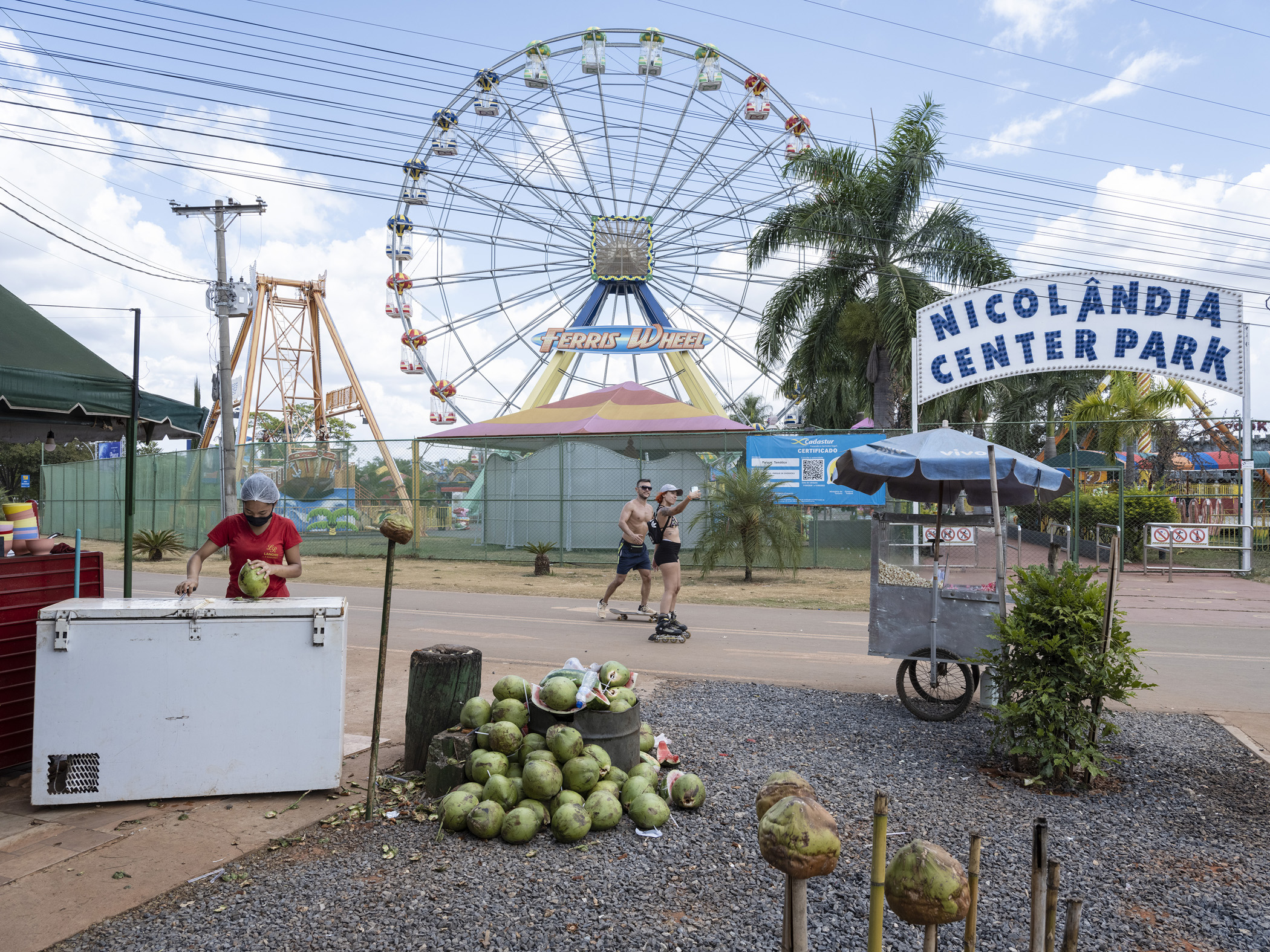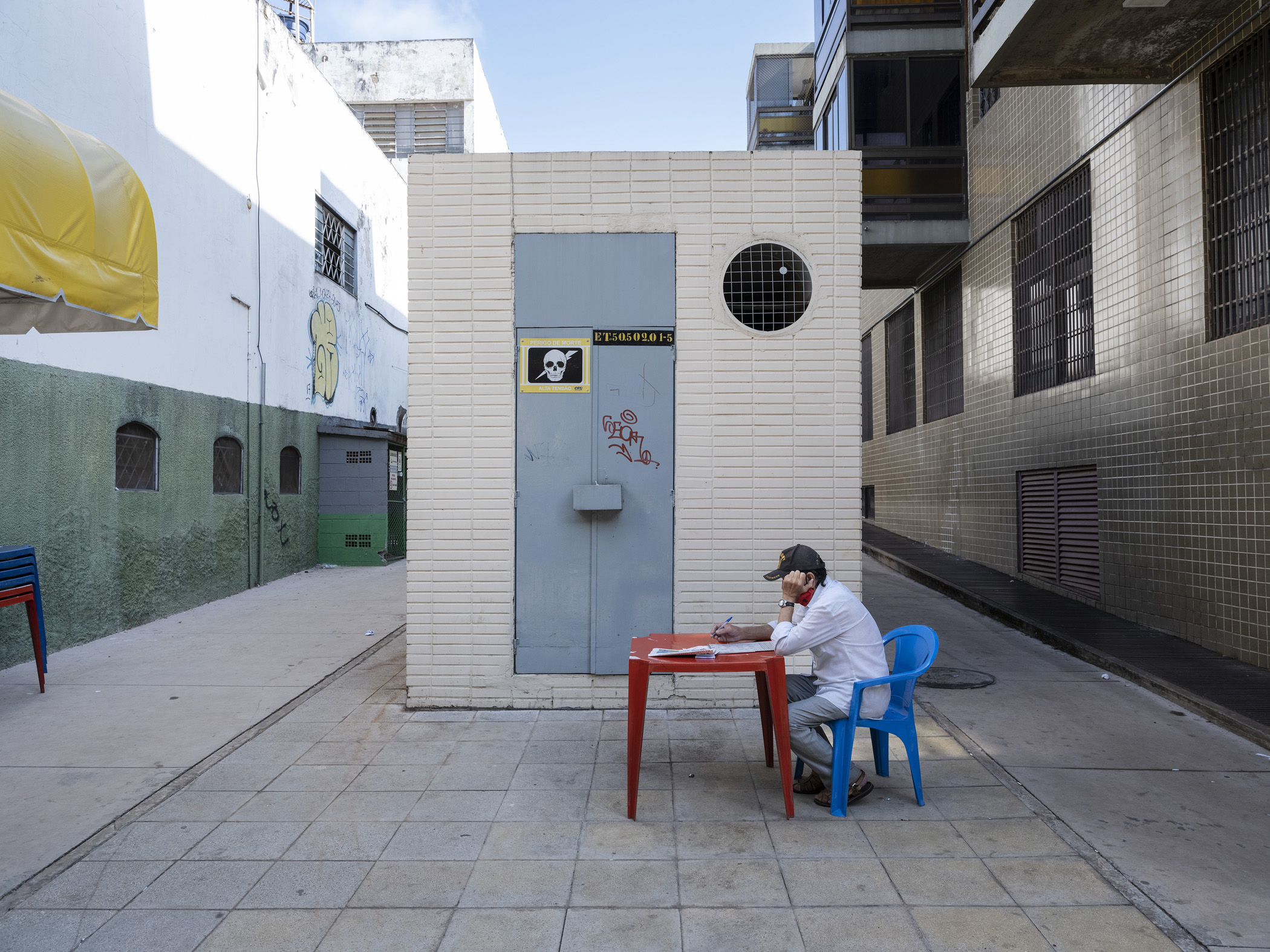The utopian model city was to become the symbol of a modern nation and help economically develop the Brazilian hinterland.
Influenced by the ideas of Le Corbusier, urbanist Lucio Costa designed the heart of the city - the Plano Piloto. Legendary architect Oscar Niemeyer designed the architectural highlights, which earned the city a place on the UNESCO World Heritage List in 1987.
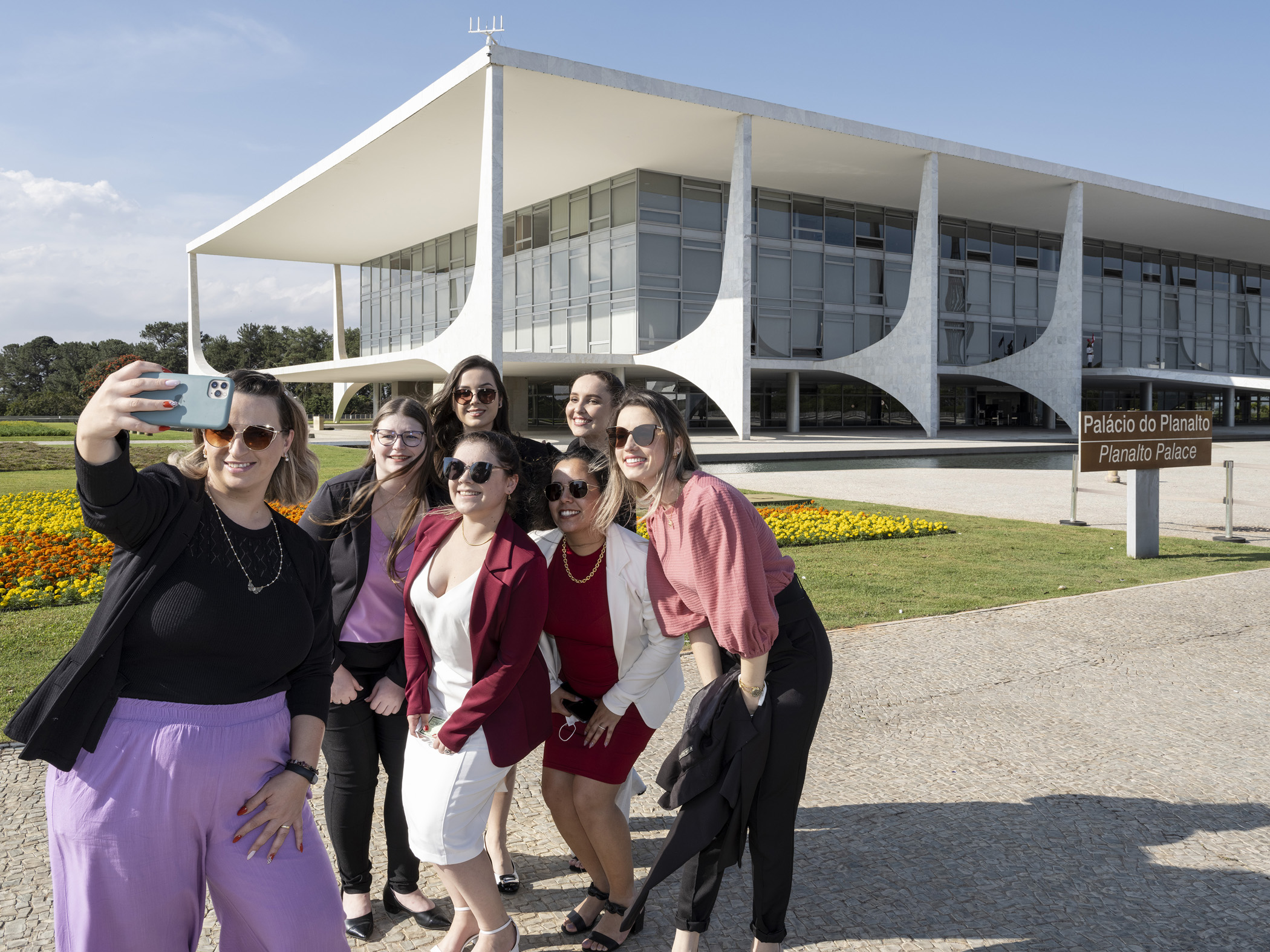
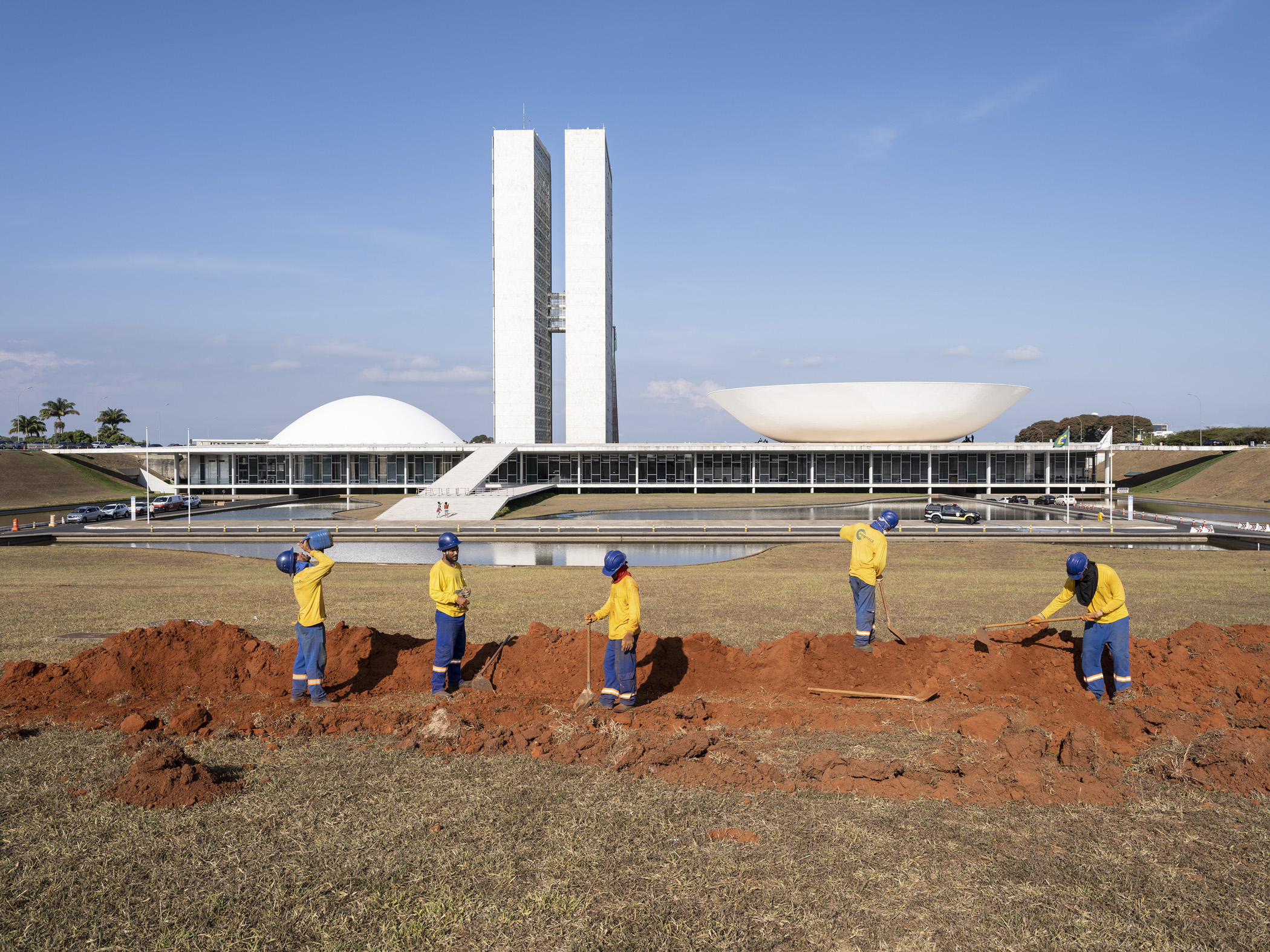
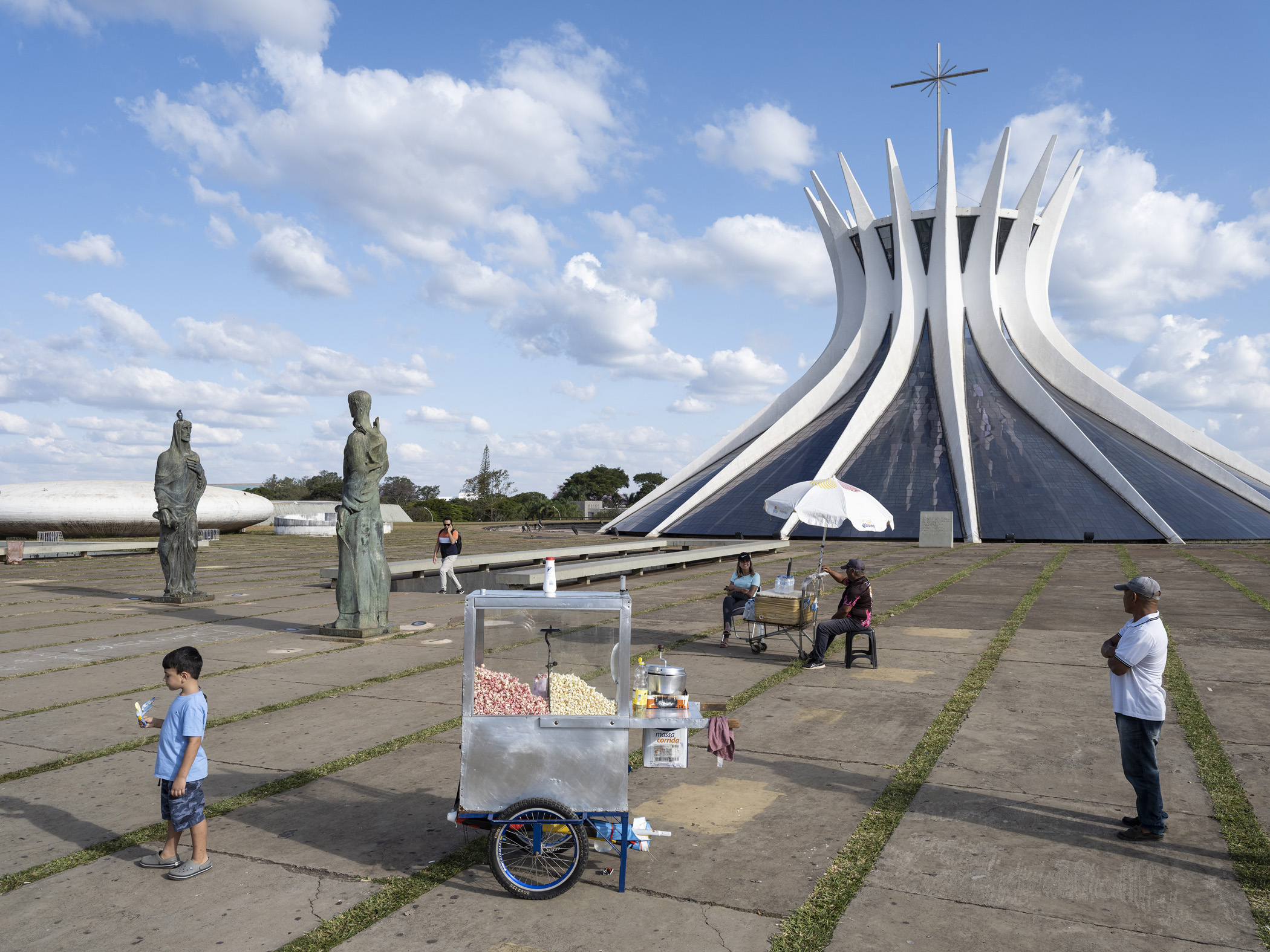
After 41 months of non-stop construction, Brasilia was inaugurated in 1960.
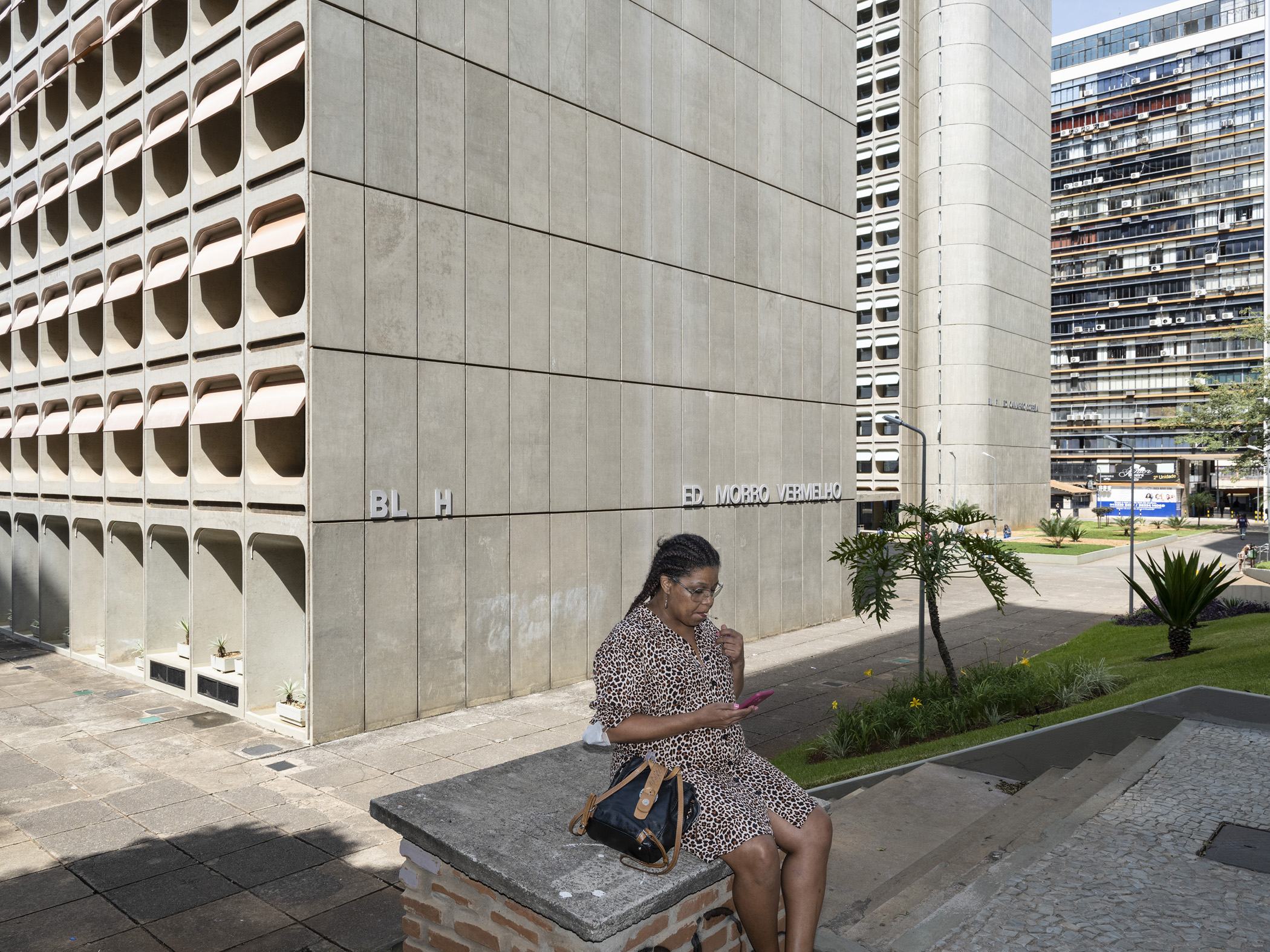
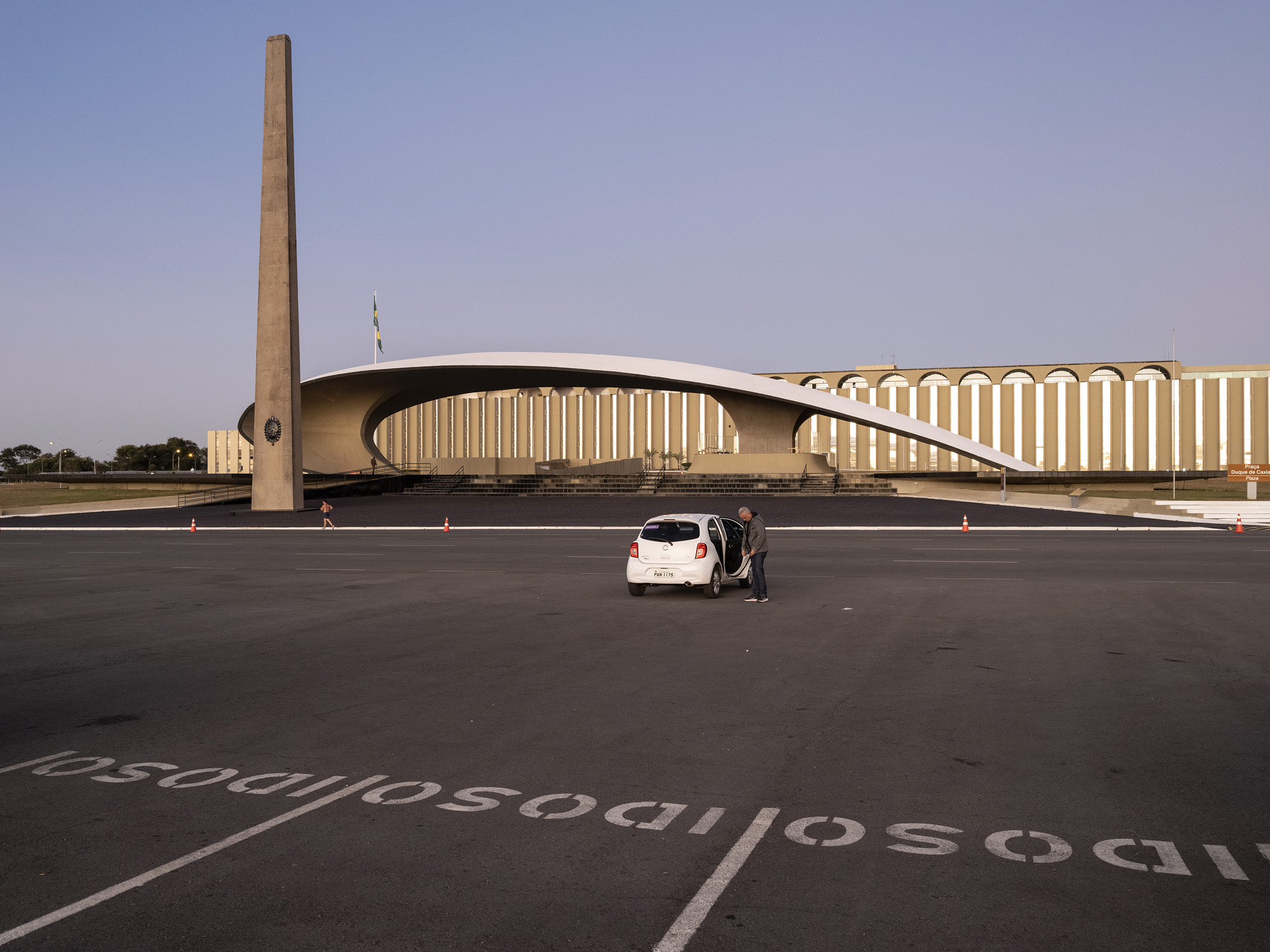
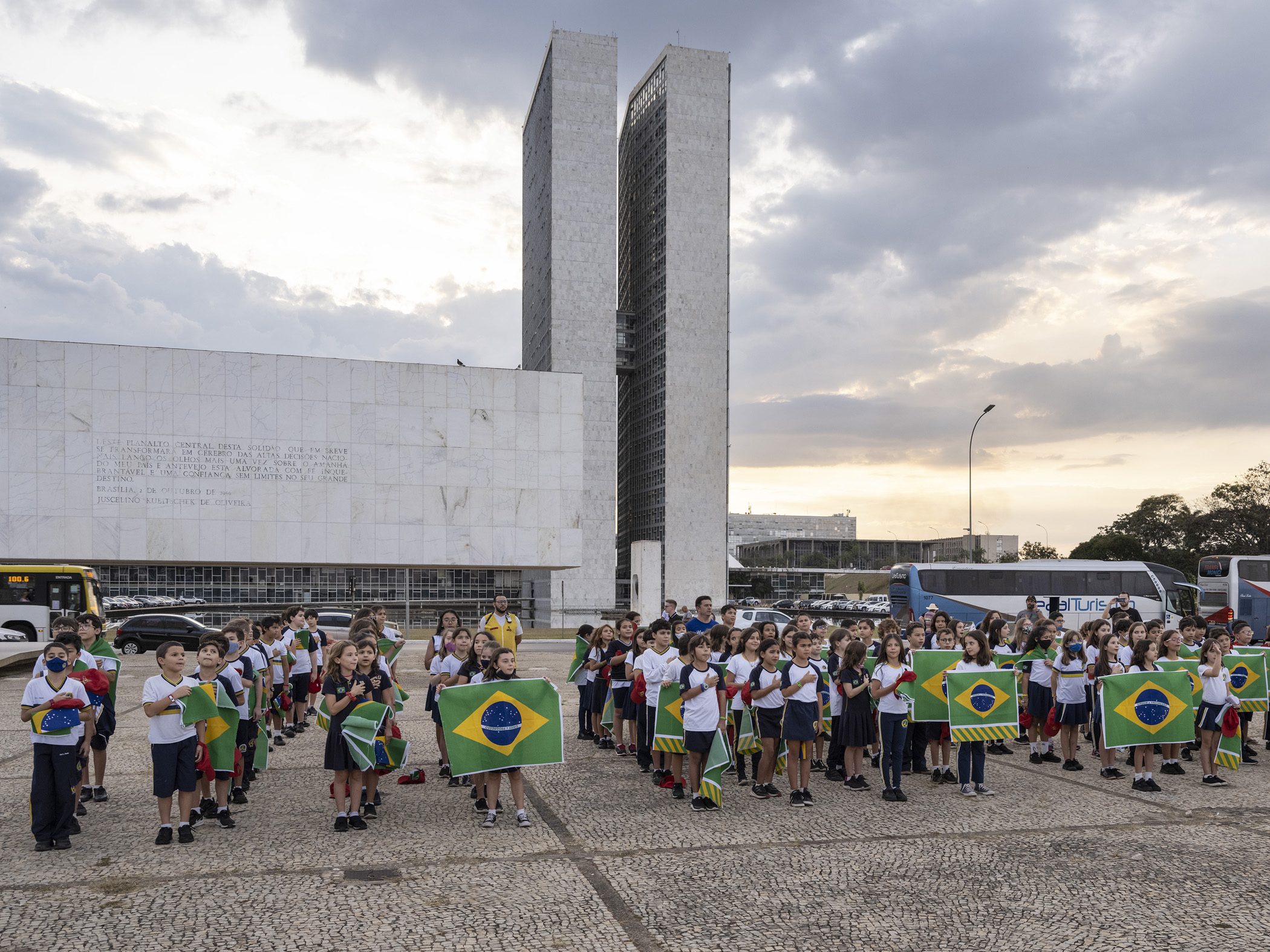
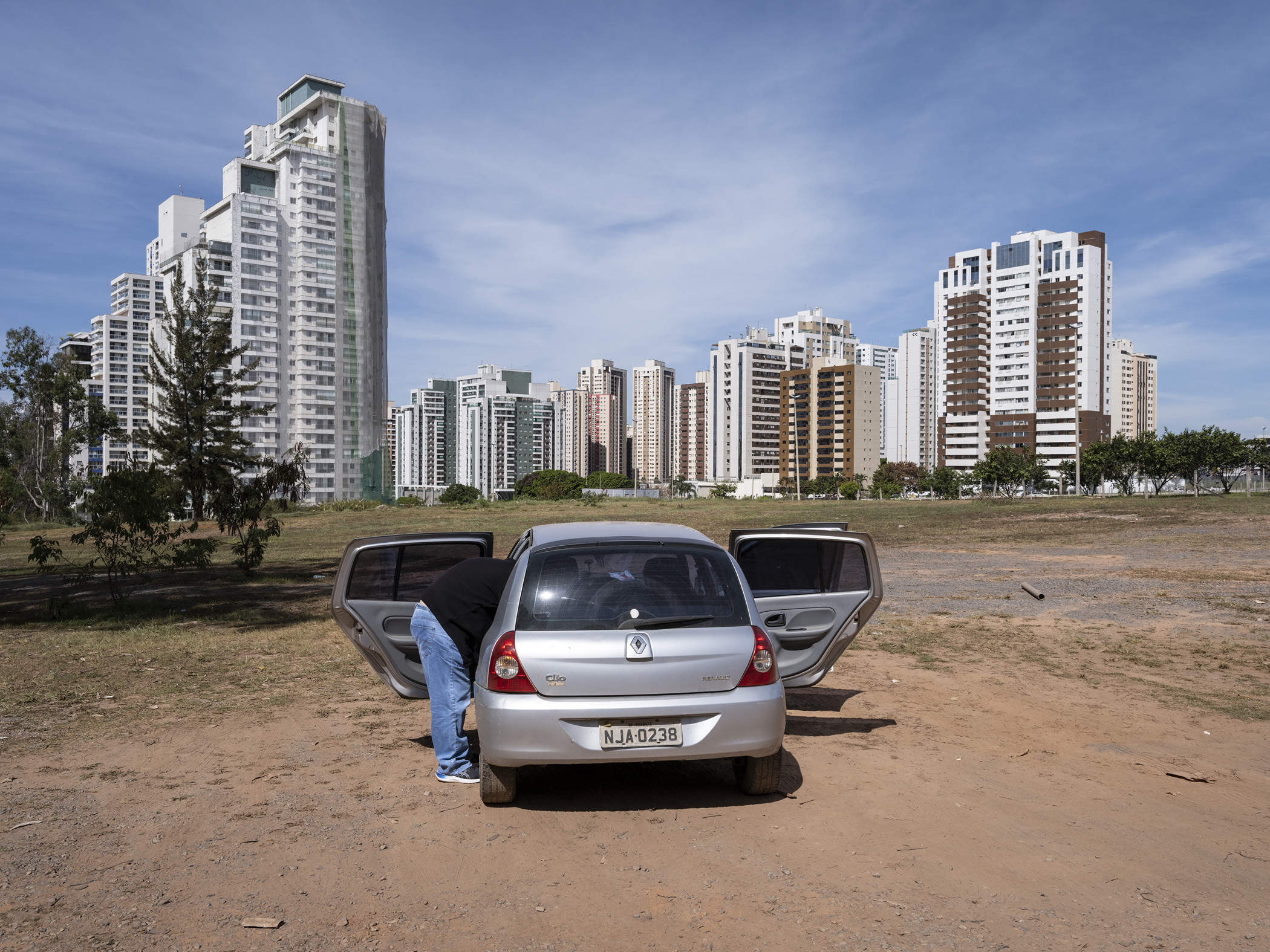
From the air, the Plano Piloto has the shape of an aeroplane. The fuselage is the Monumental Axis, along which the government buildings are located. Across it are two wings, with numbered residential blocks grouped in ‘quadras’. The cockpit is the centre of power encompassing the National Congress, the President’s office and the Supreme Court.
The city planners rationally divided the city into sectors; commercial, residential and government functions were guarantee the smooth flow of traffic. Hardly anyone walks, except in the enormous city park, which has a giant artificial pond, an amusement park with a ferris wheel, open-air cafes and jogging and cycling tracks.
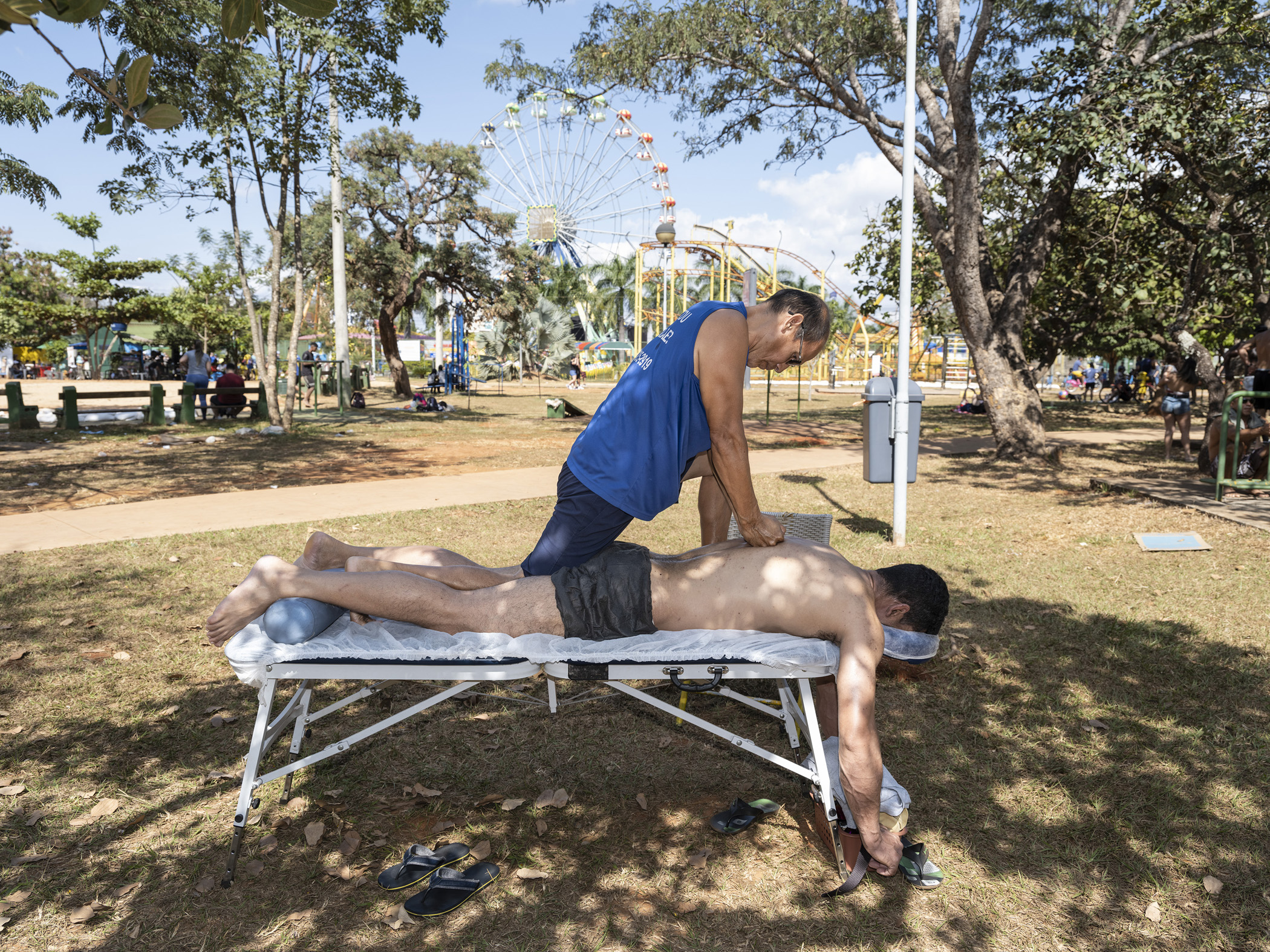


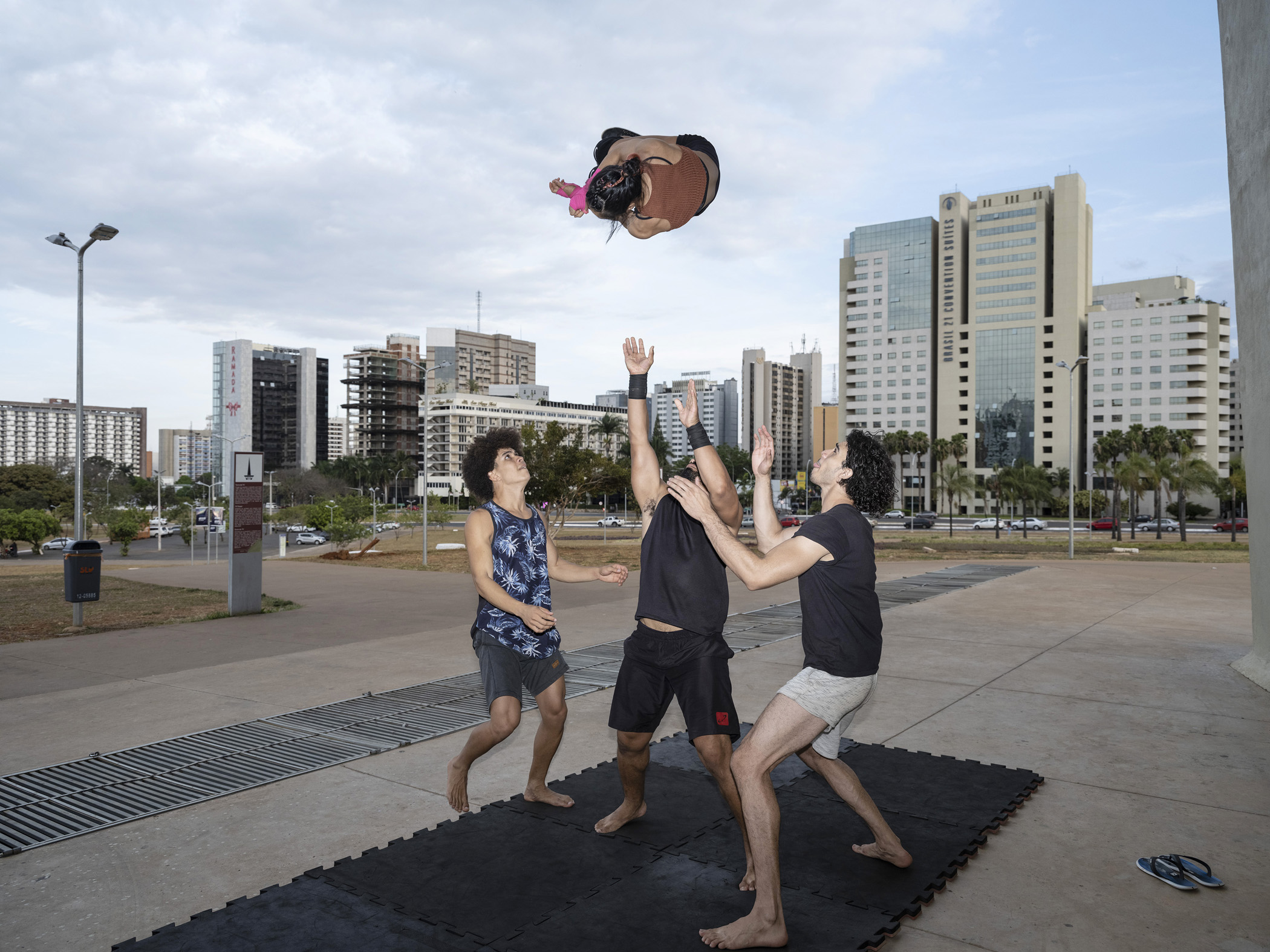


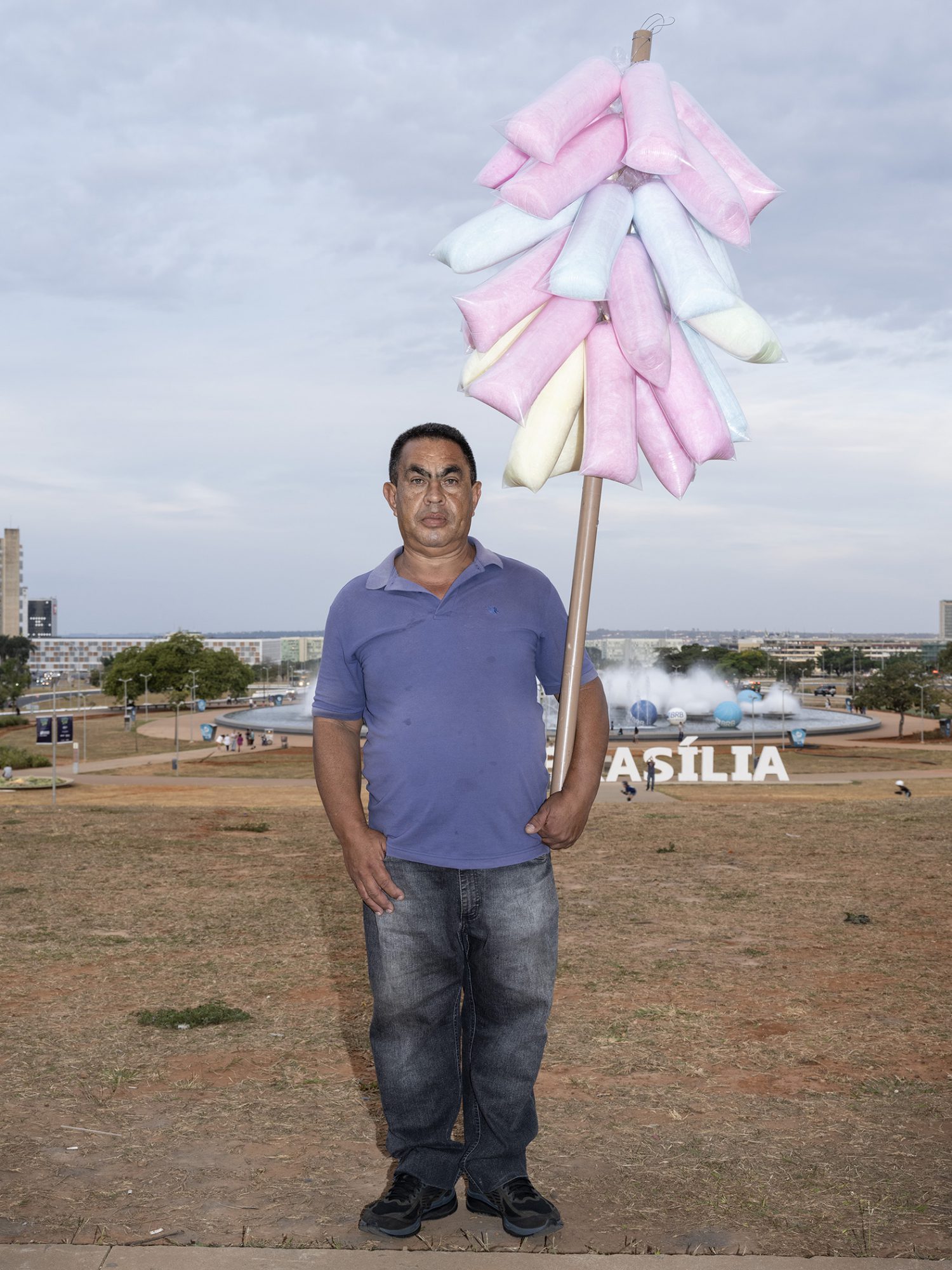


The Plano Piloto only has 215,000 residents who mostly belong to the upper middle class. The residential blocks and parks in the quadras are well maintained. Concierges and security cameras keep watch around the clock.
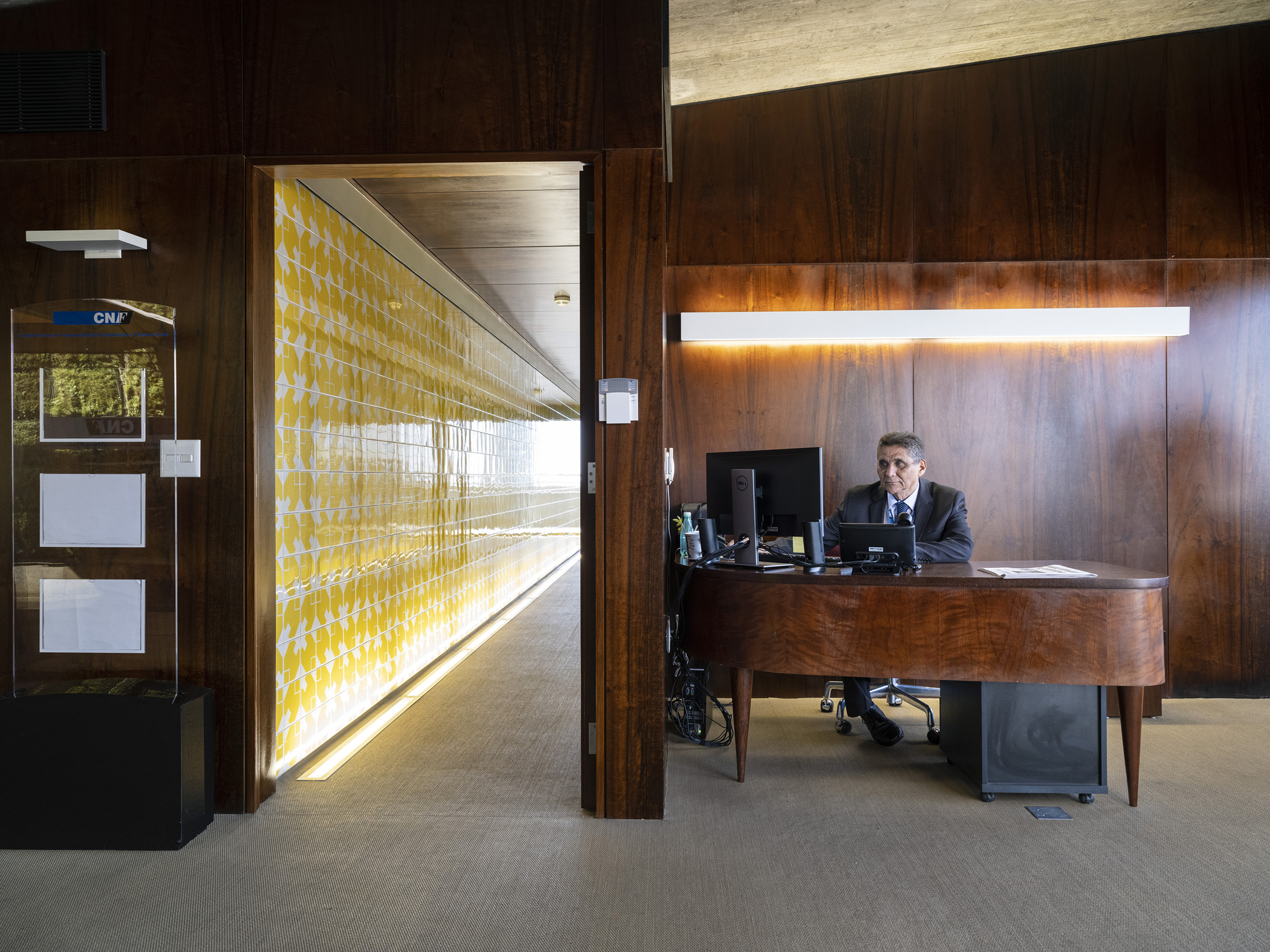
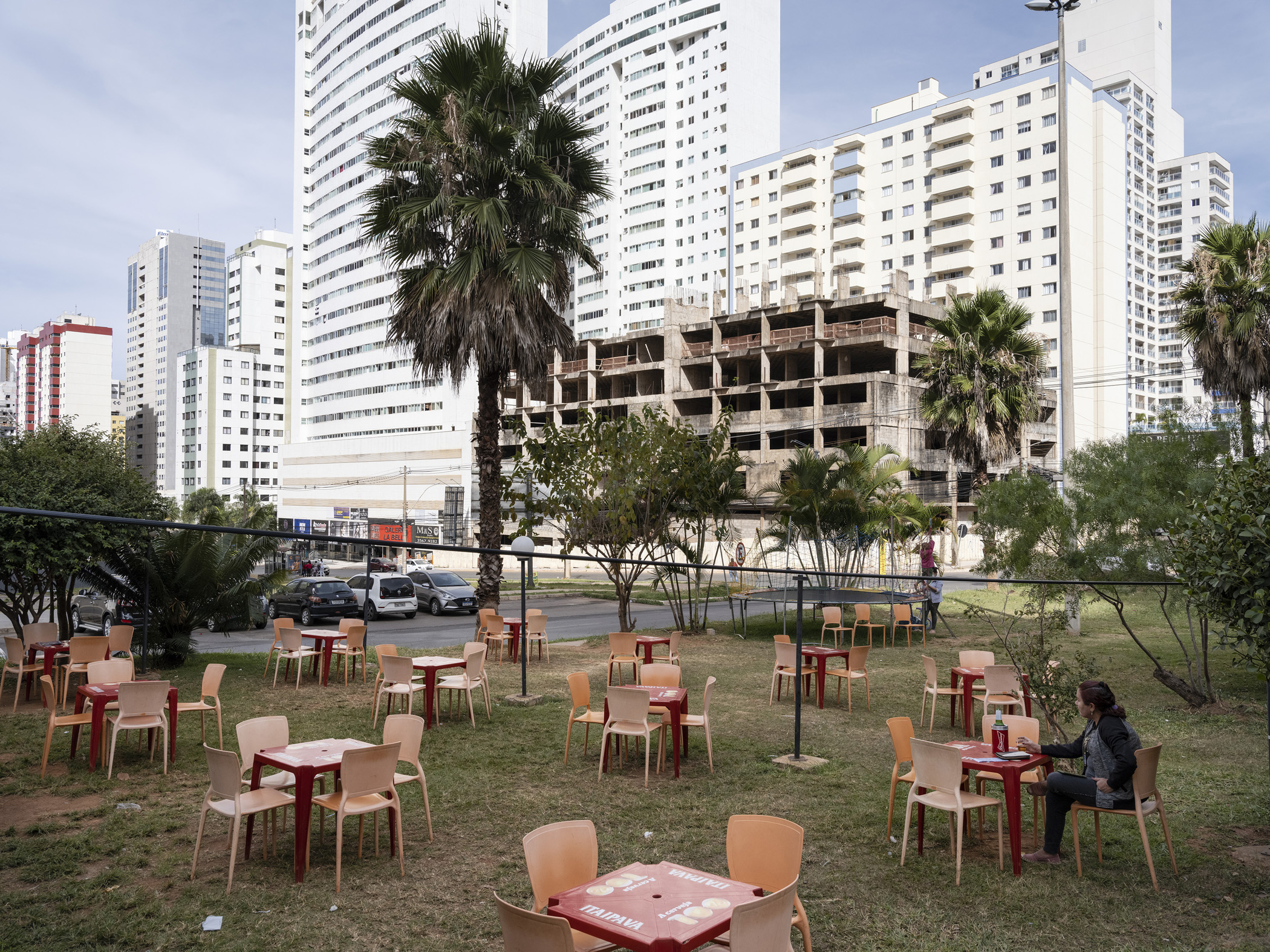
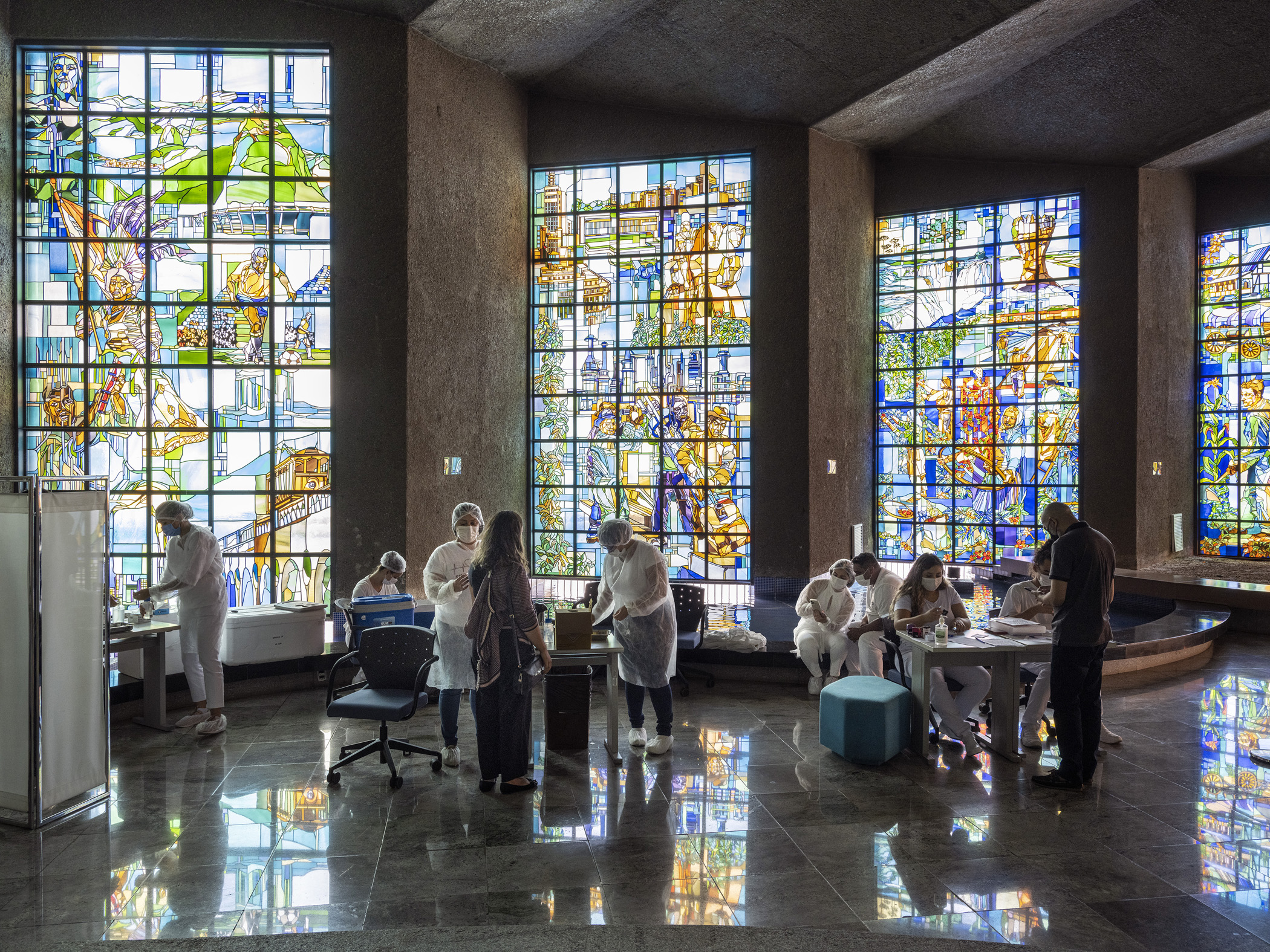
Visible poverty is limited to the many homeless people sleeping in tents in the parks. The population of the much less organised satellite cities grew at record speed to nearly three million. The utopia of Brasilia ultimately led to a segregated society.
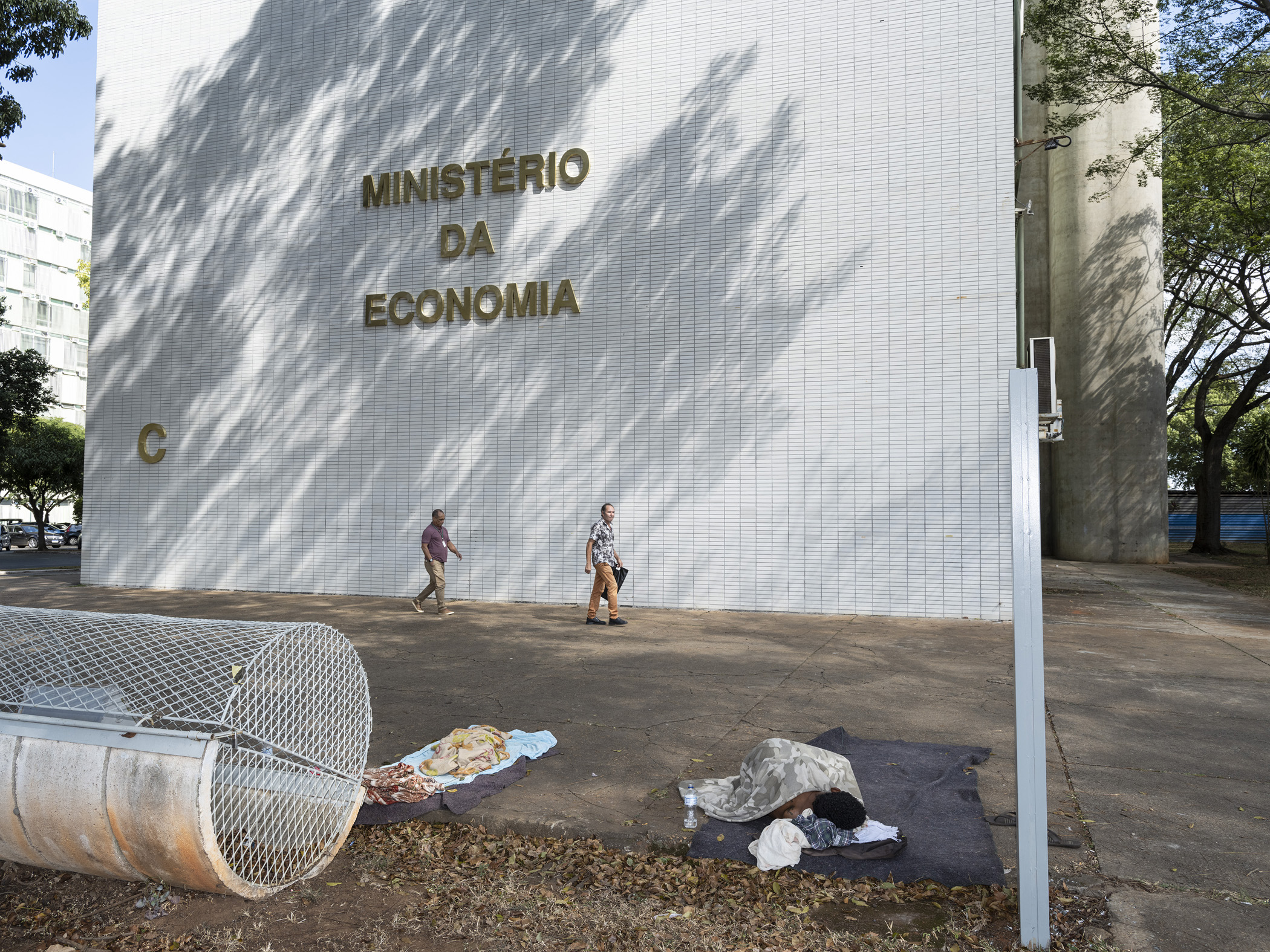

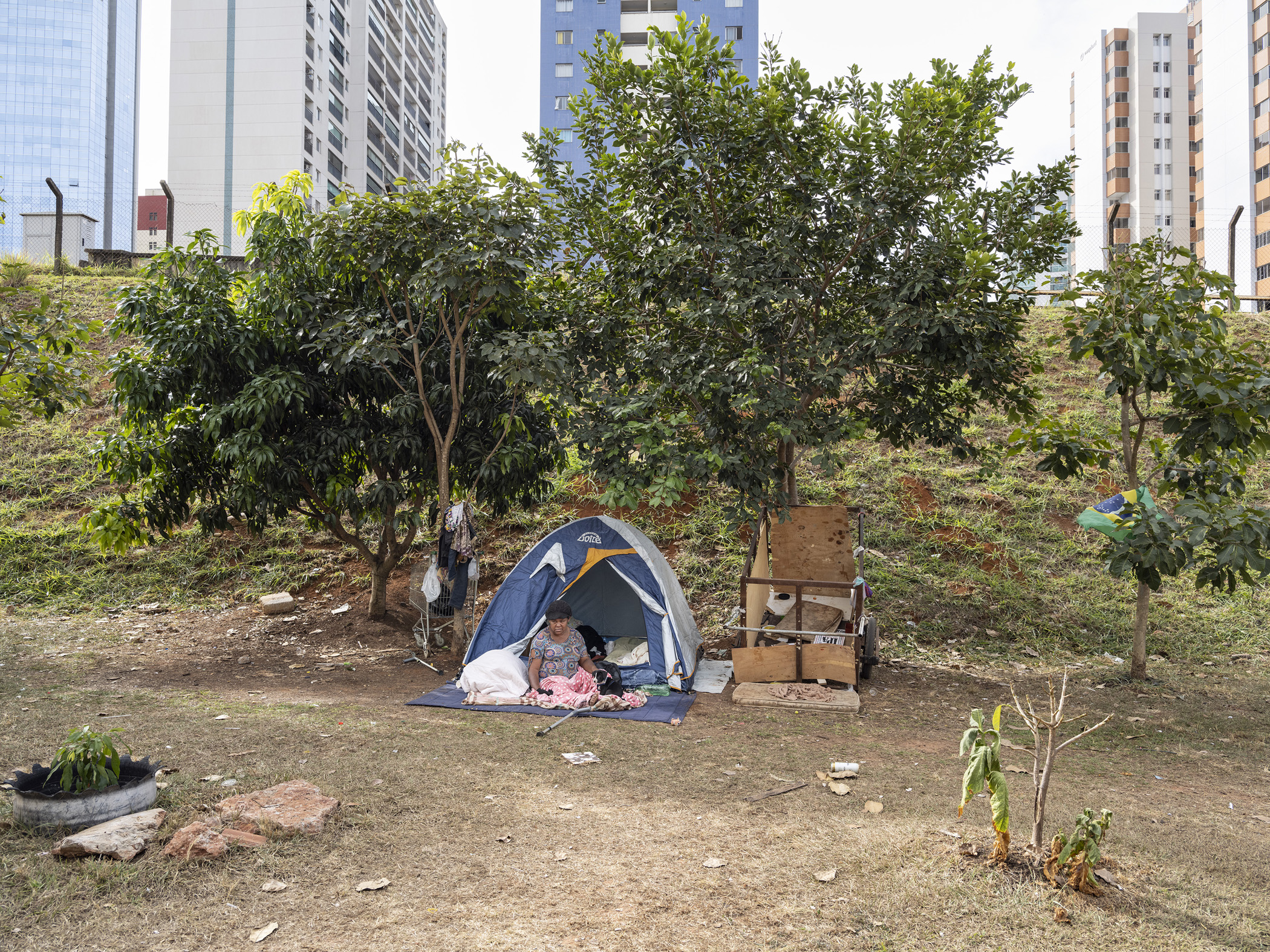
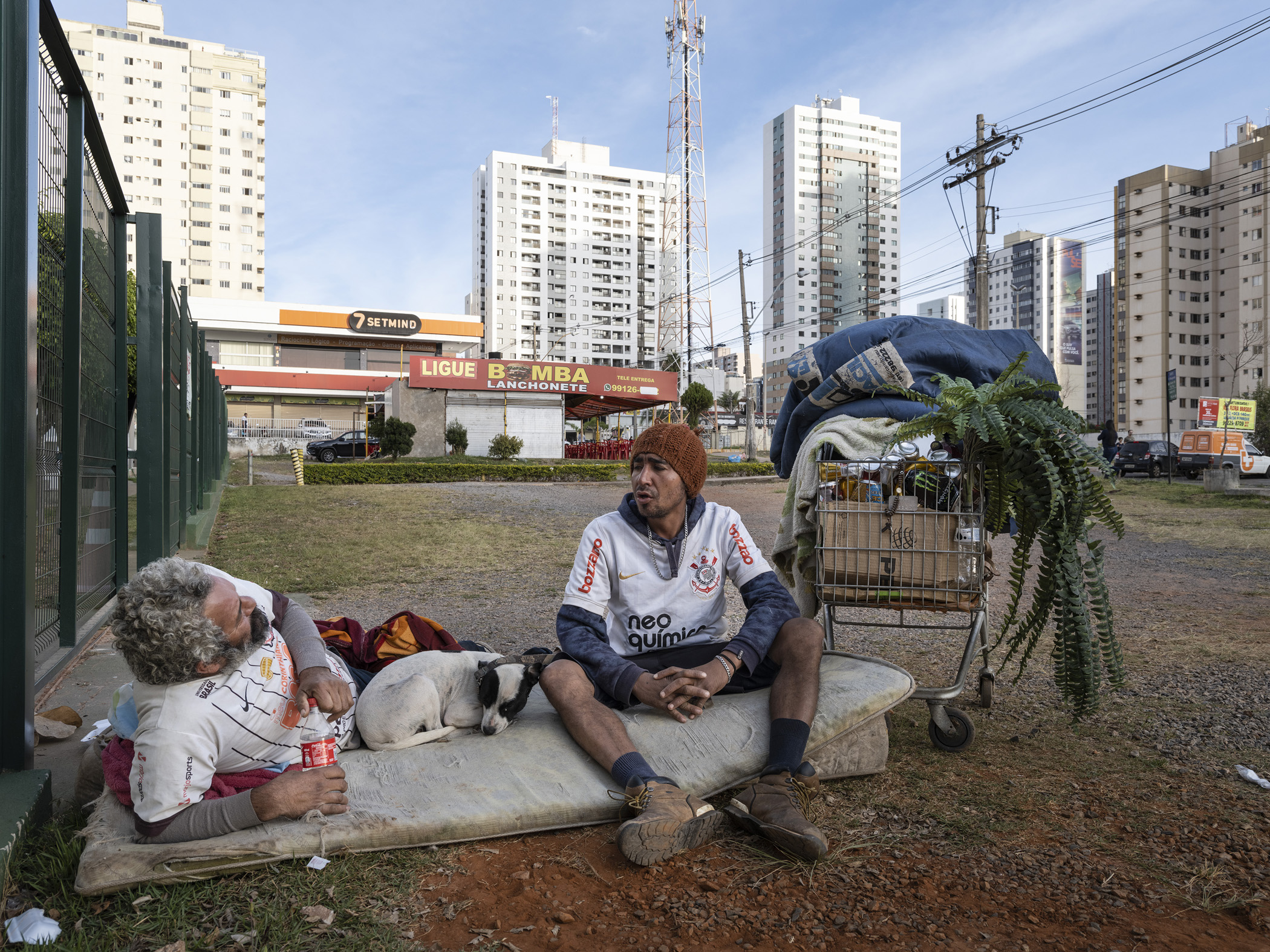
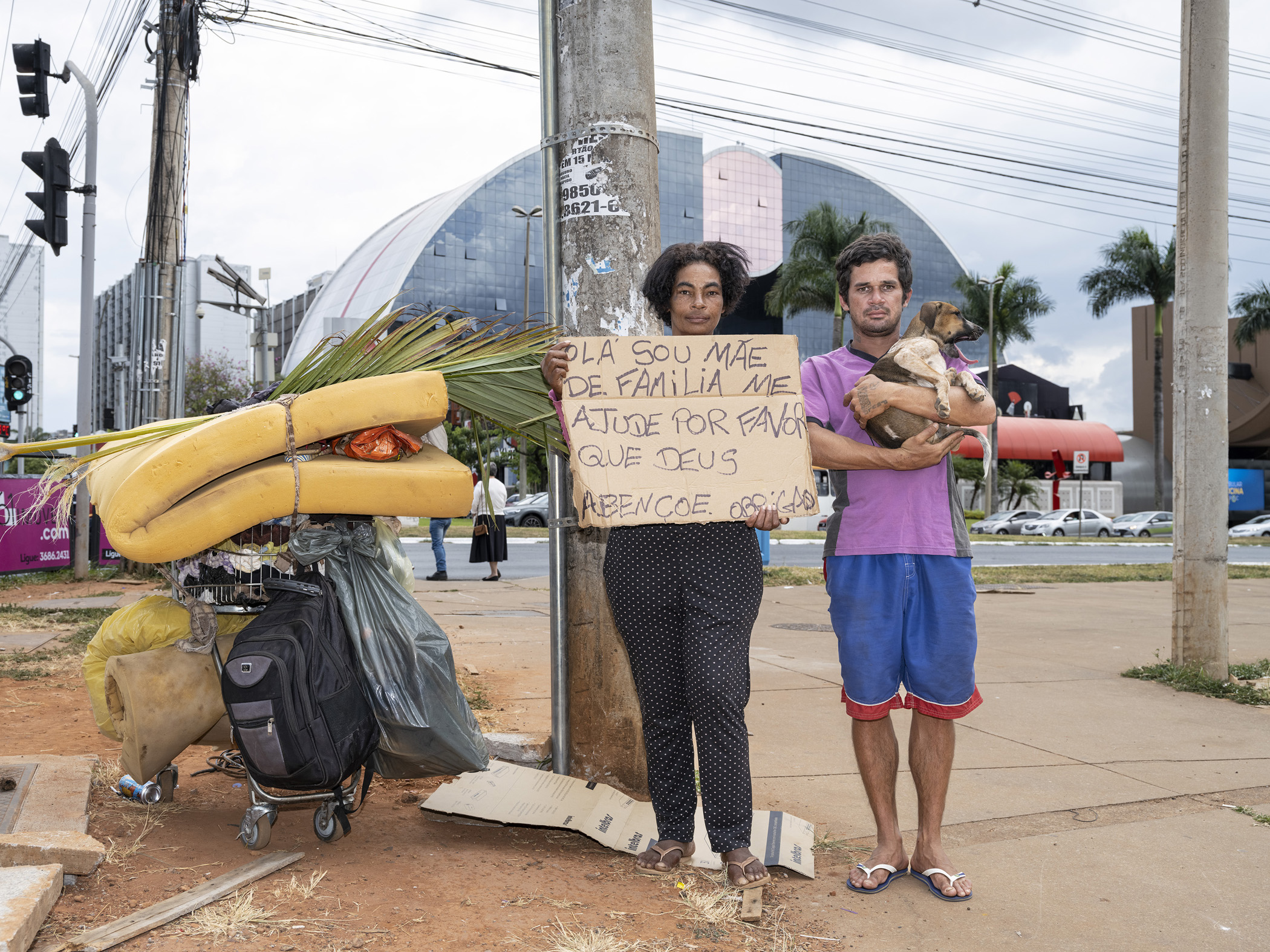
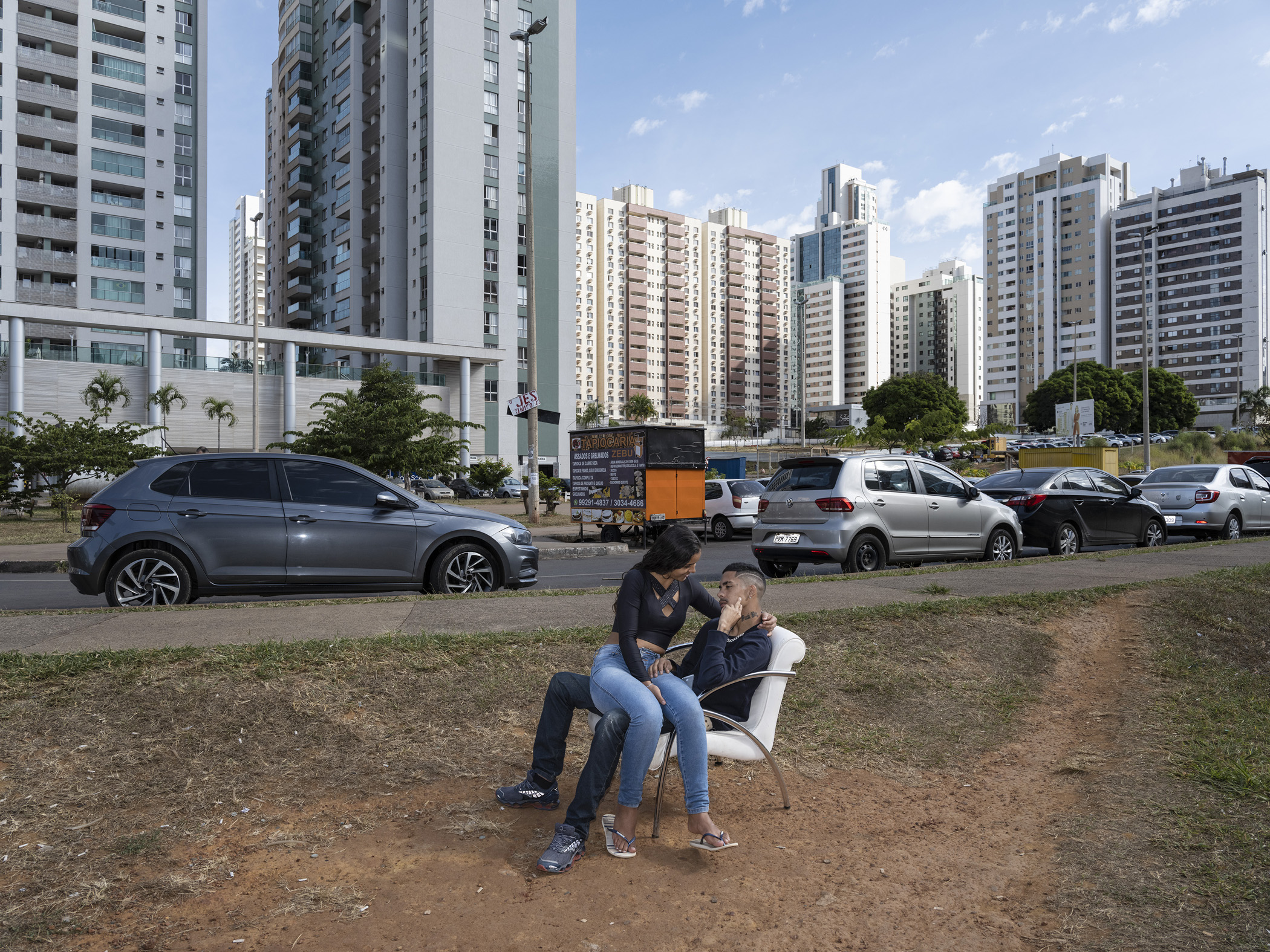
Niemeyer's modernist architecture has stood the test of time.
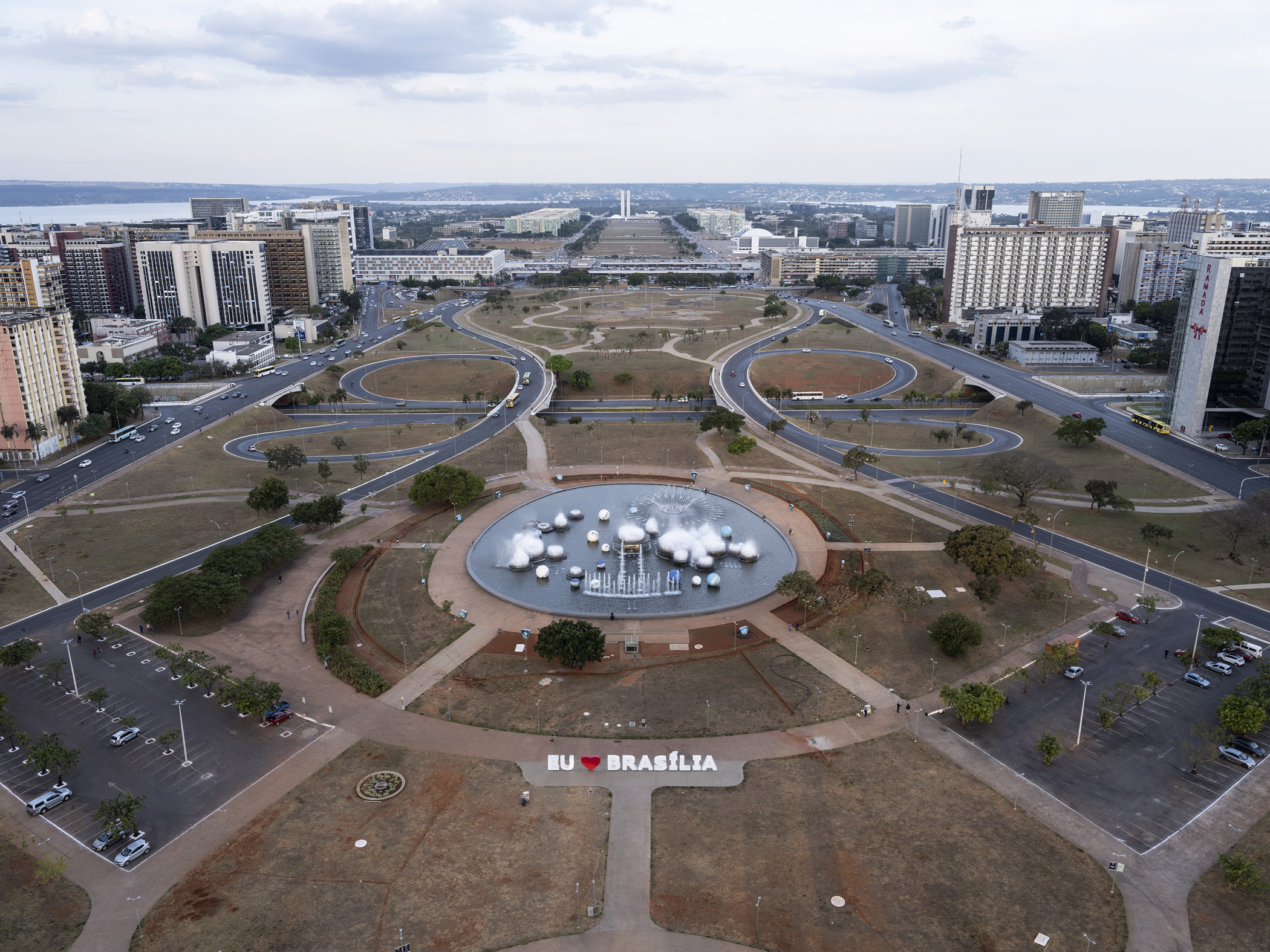
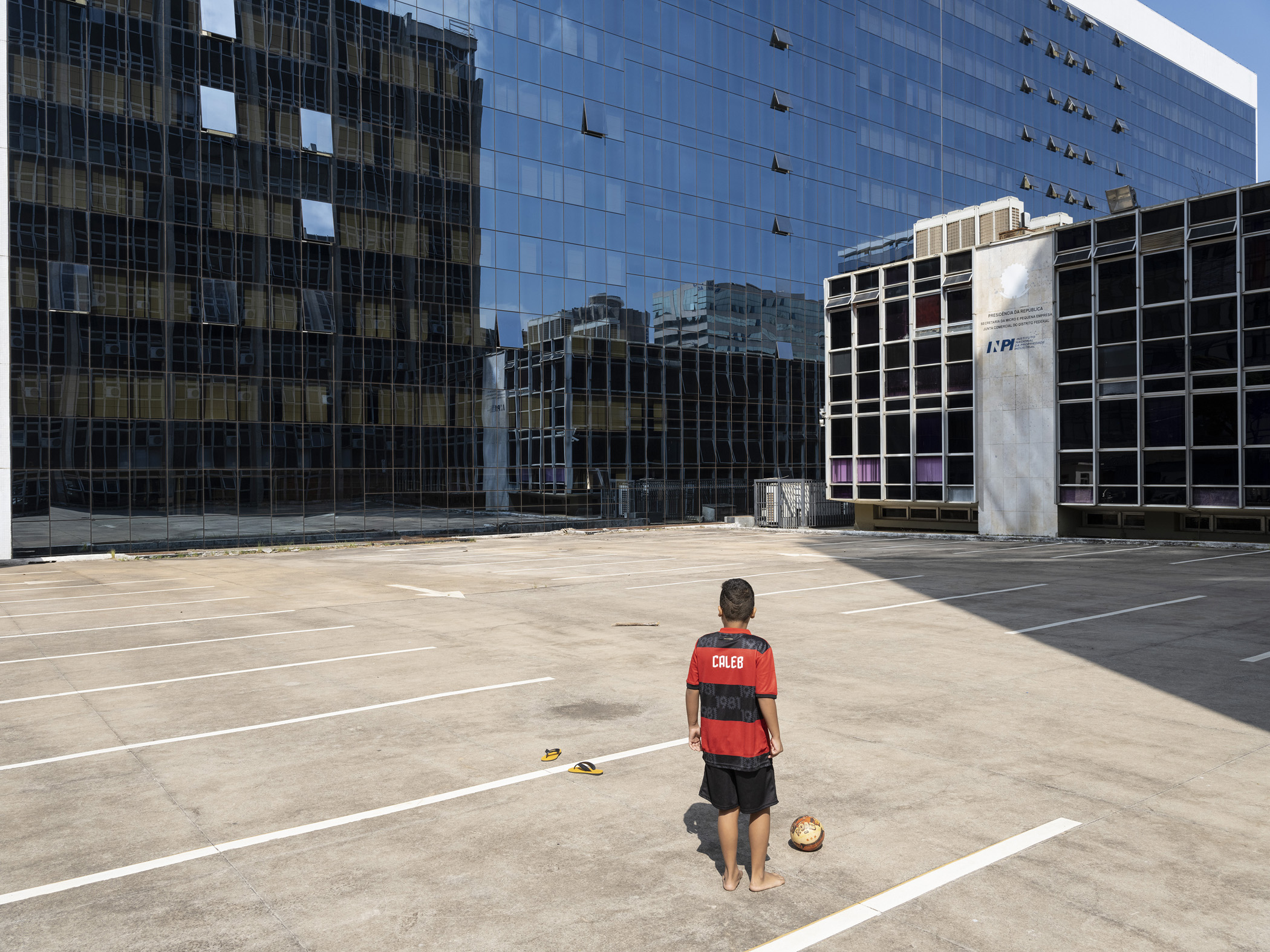
But 60 years after the foundation of the progressive utopia called Brasilia, the city design seems more like a relic from the past.
